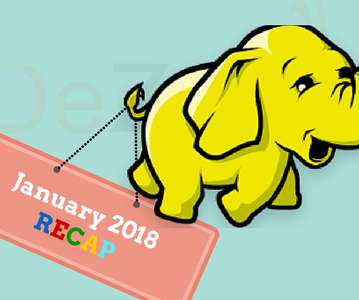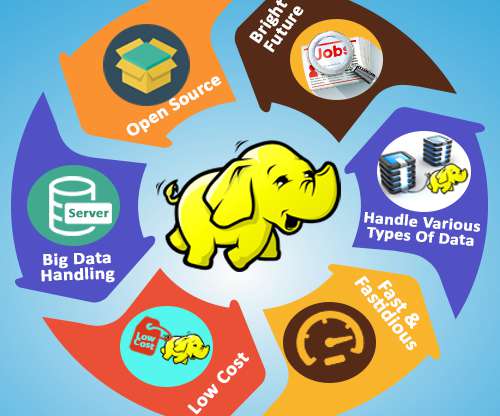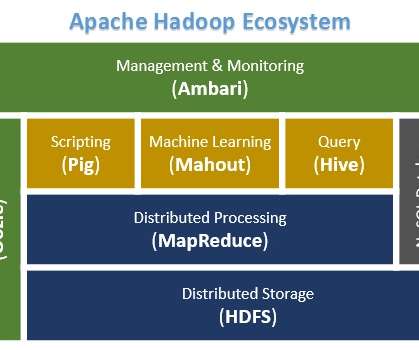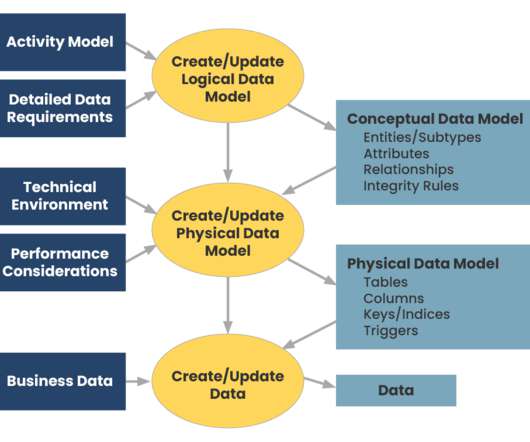Recap of Hadoop News for January 2018
ProjectPro
FEBRUARY 1, 2018
News on Hadoop - Janaury 2018 Apache Hadoop 3.0 The latest update to the 11 year old big data framework Hadoop 3.0 The latest update to the 11 year old big data framework Hadoop 3.0 This new feature of YARN federation in Hadoop 3.0 This new feature of YARN federation in Hadoop 3.0












Let's personalize your content